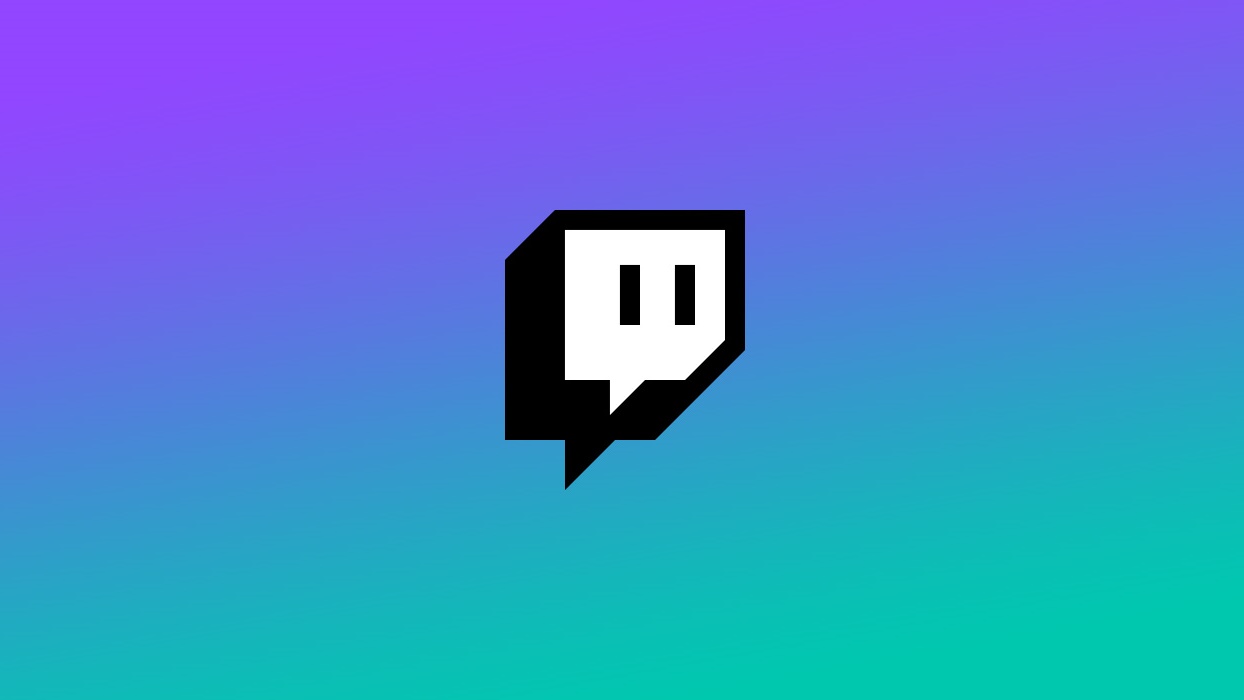- Twitch proposed limiting the ability for streamers to embed pre-recorded advertising and showcase sponsorship logos.
- This kicked off a wave of threats to move to YouTube but it too has a policy that restricts creators from selling ad space to third-parties.
- Twitch has since updated its guidelines removing all mention of the material that sparked the controversy.
This week Twitch streamers kicked off when it was discovered that the streaming platform could soon restrict creators from making money.
New Branded Content Guidelines proposed by Twitch banned streamers from showcasing “burned in” advertising (such as a pre-recorded video advert) and lessened the amount of space that could be used for displaying sponsor logos or messages. You can see an archive of these guidelines here.
As you might expect, these new rules didn’t go down so well.
“The once-unique and admirable vision of a creator-first platform now feels like a fading and distant dream. Reductions to creator subscription revenue, inconsistent moderation policies, and attacks on creators’ abilities to pursue their own independent revenue streams have transformed Twitch into one of the least creator-friendly platforms in social media and have undermined the very ecosystem that helped Twitch become what it is,” streaming organisation OTK wrote.
A message to Twitch. pic.twitter.com/uQl2eEbG6h
— OTK (@OTKnetwork) June 6, 2023
The branded content guidelines have since been updated and don’t mention burn-in ads or overlays in anyway but this could change at a moments notice, as it did.
Yesterday, we released new Branded Content Guidelines that impacted your ability to work with sponsors to increase your income from streaming. These guidelines are bad for you and bad for Twitch, and we are removing them immediately.
— Twitch (@Twitch) June 7, 2023
Those that move to YouTube on the basis of Twitch not allowing third-party advertising though may want to familiarise themselves with YouTube’s guidelines as it also doesn’t allow third-party advertising.
“YouTube creators can not include promotions, sponsorships or other advertisements for third party sponsors or advertisers in their videos where YouTube offers a comparable ad format, including but not limited to video ads (pre, mid and post rolls), image overlays and video bumpers. This is a violation of our Terms of Service and when we become aware of it, YouTube reserves the right to disable monetization and/or remove videos with such unauthorized third party promotions,” reads YouTube’s guidelines.
However, anybody who has spent more than an hour on YouTube will know that live reads and sponsor spots are so common they’re something of a meme at this point.
YouTube does allow for product placements and endorsements which we suppose creators are stretching the definition of in order to get paid by third-parties. It could also be argued that the ad reads creators do aren’t offered by YouTube which is another way to remain in the guidelines.
One can understand why platforms don’t want advertisers reaching out to creators instead of the platform directly. For one the quality control of that advertising is in the hands of a creator rather than an entire team. Sending viewers off-site to another website could also present a danger for the platform if that website is malicious or compromised in some way.
However, this has sparked a much-needed conversation regarding compensation for content creators. As OTK mentioned, the amount of money folks stand to gain from creating content for platforms is growing smaller while the platforms themselves see their coffers ballooning.
There also isn’t all that much to be made by smaller streamers who often turn to brand sponsorships and advertising to make ends meet.
Policies such as Twitch’s and YouTube’s feel archaic in the modern era and mimic traditional television where a company buys advertising across a platform with relevance being an after thought. The time has come for advertising on streaming platforms to evolve in a way that includes creators rather than treating them as the vehicle through which to deliver the message.
The other thing about streaming on YouTube is that, compared to Twitch, it’s not very good. This could change over time and if Twitch continues to anger its creators, they may just cope with the failings of YouTube or head to emerging platforms like Kick.

